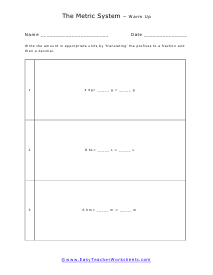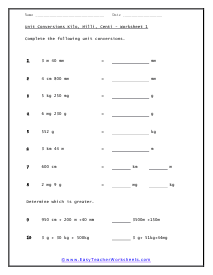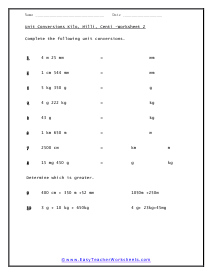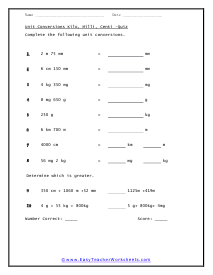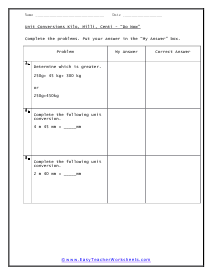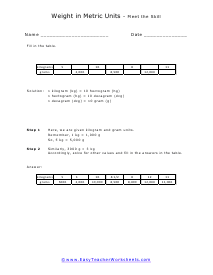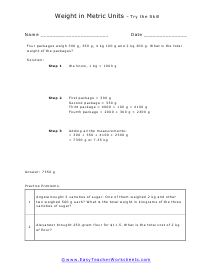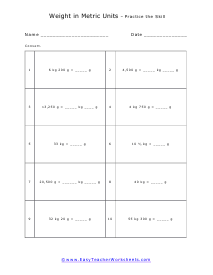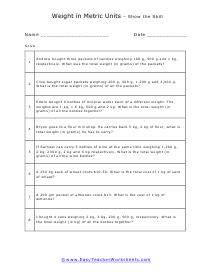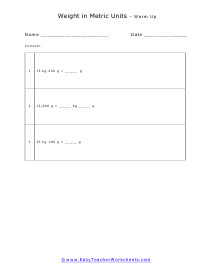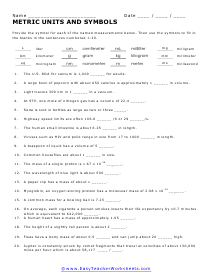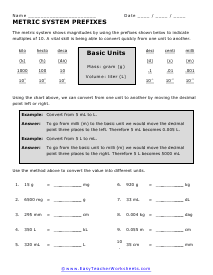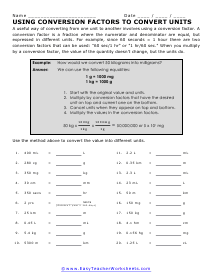Converting from one unit to the other usually requires moving a decimal point. If you recall the meaning prefixes, you can convert within the metric system relatively easily; simply by multiplying and dividing the number by looking at the prefix. For instance, you must convert 25.67 kg to the gram. Now, k is the prefix which weans 1000. So, you only have to multiply 25.67 by 1000 and you have the value in grams. 25.67 x 1000 = 26.570 grams. Now, if you want to go vice versa, you can simply divide the value by 1000.
Most of the world uses the metric system as their standard units of measurement. The United States follows an older system of measurement referred to as the Imperial system of measurement. The Imperial system comes from the British Empire dating back to the sixteenth century. Because there are basically two completely different standards of measure it is often difficult to properly communicate data between cultures. In this section of website we will provide you with lessons and worksheets that can help you convert measures to their metric value. Your students will use these worksheets to practice working with different Metric measurement units. These worksheets explain how to convert between units (Metric/Metric and Metric/Imperial), estimate the proper units to use, calculate fractional units, etc.


















































